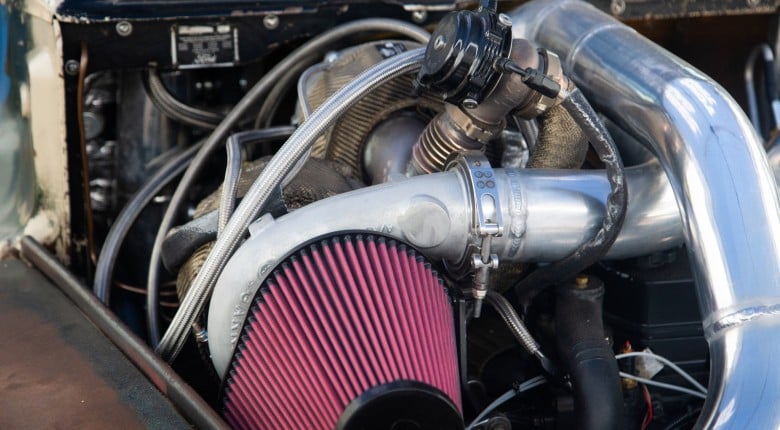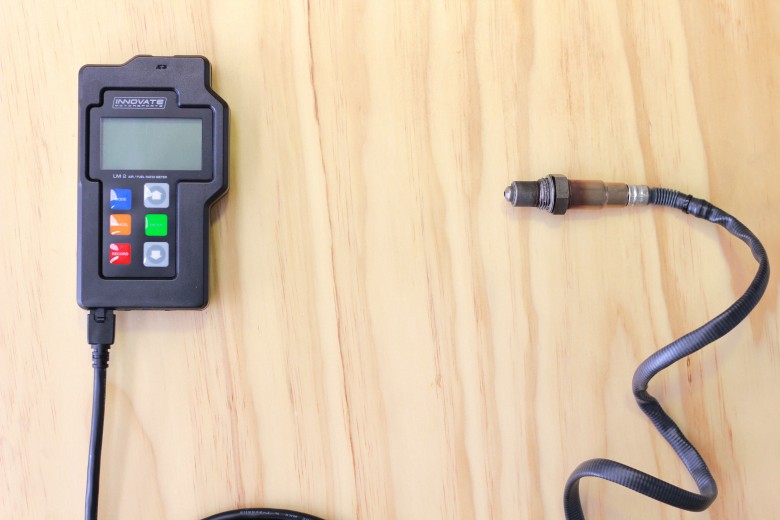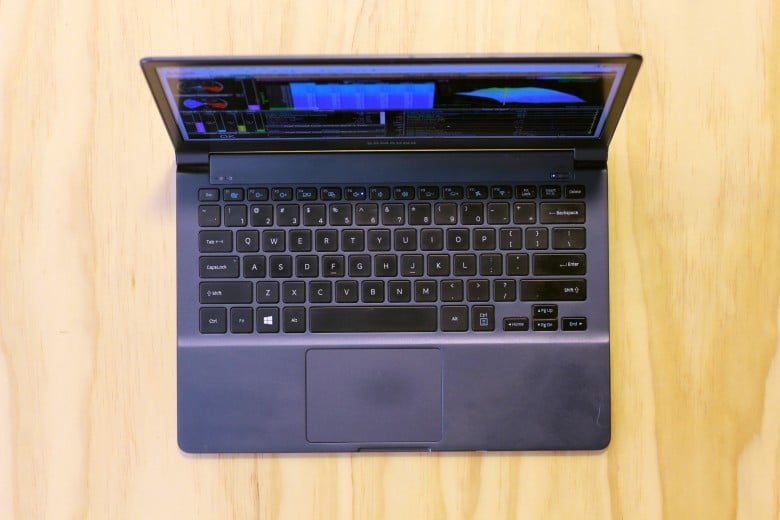So you’ve decided to dive into the world of diesel tuning and are wondering what tools you will need? Just like the tuning process itself, the tools you require will differ from those needed for gasoline tuning. Let’s have a look a what you will need to get started.
In this article: Wideband AFR Meter | Laptop | EGT Gauge | Boost Gauge | Conclusion
Wideband AFR Meter
We’ll start with one of the tools I consider to be essential - a wideband air fuel ratio meter. When it comes to diesel tuning the wideband AFR meter is actually a little rare, with most tuners relying on a EGT gauge to guide them instead. EGT alone however doesn't tell the full story, and particularly if you are tuning with emissions devices such as a DPF, then monitoring the AFR can help you avoid a smokey tune that fills up your DPF quickly. When I first started tuning, wideband meters were seriously expensive and your options were very limited. These days we now have a range of high quality wideband meters available from several manufacturers and they are very reasonably priced.
Your options for a wideband meter can be broadly broken down into two groups, permanent install or portable. Your best option will depend on what you’re going to be using it for. For example, if you’re just interested in tuning your own car, then I’d recommend a permanently installed wideband controller that can send AFR data to your ECU for logging purposes while displaying the AFR data visually via a gauge. If you’re expecting to be tuning multiple cars then the best option for you would be a portable wideband meter that can be easily moved from car to car. These meters can normally be attached to the inside of the windscreen with a suction cup, and powered via the cigarette lighter socket for ultimate convenience.
It’s difficult (not to mention potentially dangerous) to focus all your attention on the display of a wideband meter while driving so regardless whether you’re using a portable system or a permanently installed controller, it’s worth going to the trouble to hook the wideband up to your ECU or dash so that you can log the AFR data. This lets you safely analyse the AFR data on the side of the road or track and also allows more precise adjustments to be made to the exact area your fuel map was rich or lean.
Laptop
Since we need to tune on the road, we are going to need a laptop computer to actually run the software and talk to the ECU. Just about any laptop will do this job and you definitely don’t need the latest or most powerful processor. In fact, tuning is pretty hard on laptops and I find they only have a lifespan of a couple of years. It makes sense then to buy a cheaper laptop that you aren’t going to be too worried about if it breaks. I do recommend buying a laptop with a solid state hard drive though as these are much less likely to suffer failure due to vibration, I’ve lost many gigabytes of data when I’ve had a conventional hard drive fail. Often the cheaper laptops won’t offer a solid state hard drive as an option but you can usually purchase generic SSD drives and upgrade at a later point. I also recommend that you purchase one with at least 2 or more USB ports as you will need these for connecting with both your vehicle and tuning accessories. If you are tuning some older ECUs, there can be compatibility problems when running on the latest version of windows. Check with your ECU manufacturer before buying a laptop to make sure the system requirements are going to match your needs.
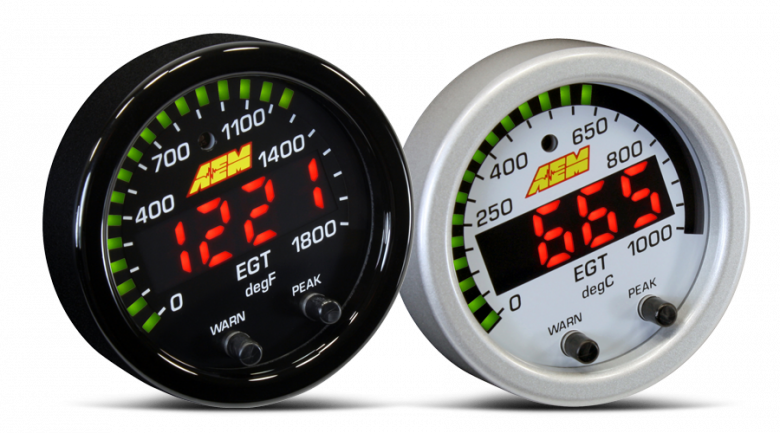
Image Source: www.aemelectronics.com
EGT Gauge
An EGT gauge has long been the mainstay of the diesel tuning world, and as it's name suggests, it measures and displays your exhaust gas temperature. The exhaust gas temperature is a result of the combustion process inside the engine and it will give us some insight around how much fuel is being delivered - Too much fuel in a diesel engine can result in excessive combustion temperature which in turn can damage parts very quickly. For this reason many of these gauges also come with a visual and audible alarm which is activated when a certain temperature is reached.
An EGT gauge consists of a K type thermocouple which reads the temperature and a gauge, usually mounted somewhere on the dash, to display the temperature. When mounting the EGT sensor it's always best to place it pre-turbo, however this is more work so we see a lot of people mount the sensor in the down pipe after the turbo. This can work but it's important to understand that the post-turbo EGT will read considerably lower than pre-turbo and this needs to be factored in when assessing the EGT reading.
When it comes to choosing an EGT gauge there are two options, analog or digital and it's really a personal preference as to which style you like.
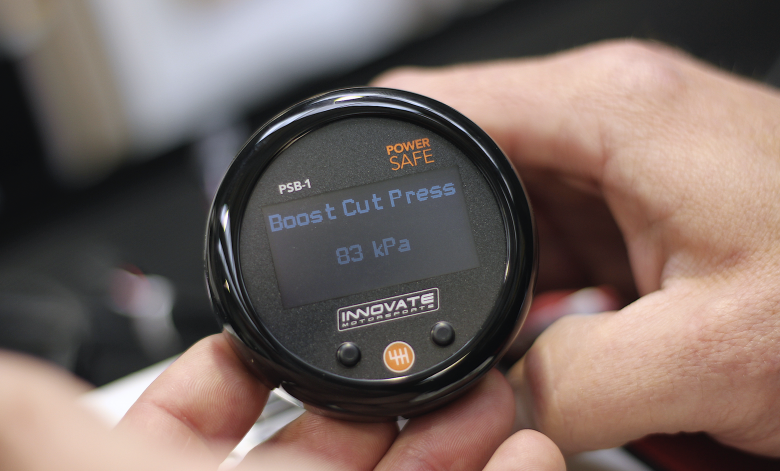
Boost Gauge
As the name suggests, a boost gauge monitors the amount of boost your engine is running so you know how hard you're pushing the turbo, and whether you're achieving your boost targets. This allows you to see when the pressure gets too high so you know when you need to back off the throttle and make some tuning changes. You can also use it to see when your engine isn’t making the boost it should which could indicate a leak. This is an essential gauge to have as the boost pressure is one of the key elements in diesel tuning.
When selecting a boost gauge, you need to consider the amount of boost you intend to run and make sure your boost gauge can accommodate this. It is also a good idea to give yourself a little bit of headroom to allow for overboost conditions.
Another consideration is whether to select a mechanical or electronic gauge, a choice which will come down to your budget. A mechanical gauge involves a small hose that runs from the combustion chamber to the gauge and allows a small amount of air to run through, generating pressure to move the needle on that gauge. An electronic gauge has no need for this hose as it is fed an electronic signal from a remote pressure sensor which gives a more accurate reading. As you might be able to guess, electronic sensors are significantly more expensive.
When you're considering a boost gauge and an EGT gauge, these days there are multi function gauges available that will display data from the OBD2 data stream which will include boost pressure, and in some instances EGT as well. This can be both cost effective, and a huge time saver over adding individual sensors to your engine.
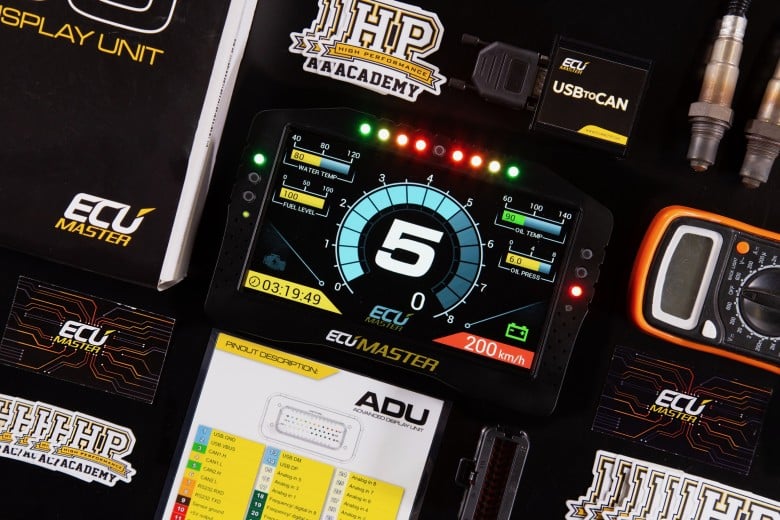
Conclusion
While there are practically an endless amount of tools that would be handy to have for diesel tuning to cover every and any scenario, the few we have discussed are going to get you pointing in the right direction.
If you're ready to dive into the world of diesel tuning yourself, this is the best place to start.
